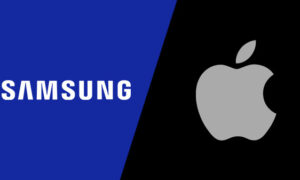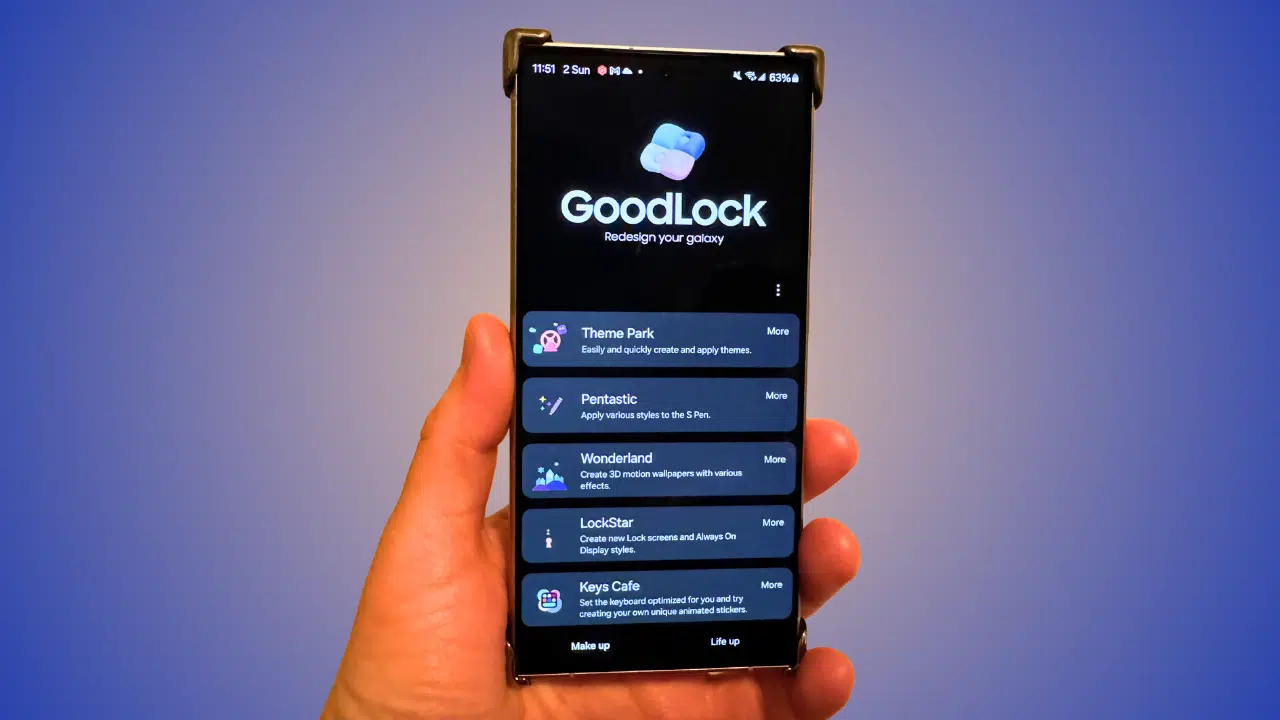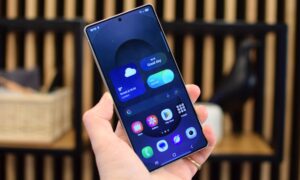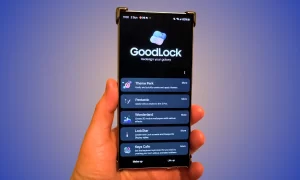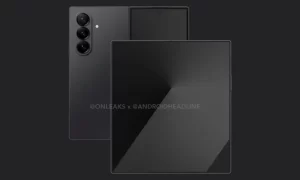The US Patent and Trademark Office declared three patent applications from Apple on Thursday. These patent applications show that Apple is making continuous technological improvements to its head-mounted devices.
These technological improvements include infrared sensors that can be used to measure food freshness or calorie content. All three patented technologies can be applied to Apple’s Virtual Reality (VR) or Augmented Reality (AR) devices, such as the rumored visor-like mixed-reality headset.

1. Infrared sensing technology for food inspection:
The first patent is an infrared sensor electronic system that uses infrared sensors to collect the spectrum of the target object.
The system can use infrared spectroscopy, visible light camera images, and/or data from other sensors to characterize target objects alone or in combination, and can potentially be applied to Apple’s head-mounted augmented reality devices.
For example, the system can be used for tasks such as image recognition of food. Through image recognition of food, some information stored in the database can be triggered.
This information includes certain food characteristics such as freshness, fat content, food type, sweetness, etc., so that the maturity and calorie content of the food can be evaluated.
Of course, the scope of application of this technology is not limited to food. Generally speaking, any type of object, including plants, animals, food, paint, housing construction, automobiles, electronic equipment, furniture, etc., can be analyzed using optical sensors.
Additionally, the system can also be used to monitor certain physical indicators of the user, such as breathing conditions.

2. Adaptive facial interface for head-mounted devices:
The second patent describes an adaptive facial interface system that can be used in head-mounted display devices.
According to the patent, the interface system can be worn on the user’s head to provide good protection for the user’s eyes to avoid interference from ambient light, thereby creating a comfortable environment for the user’s virtual reality or mixed reality experience.
3. Eye-tracking technology:
The third patent relates to eye-tracking technology that can also be applied to augmented reality and virtual reality devices. The eye-tracking patent published on Thursday is far from Apple’s first patent in this area.
But compared with Apple’s previous eye-tracking patents, the patented eye-tracking technology has been further improved.
An eye-tracking device includes at least one camera and one lighting source. Unlike the ‘hot mirror’ technology used in previous patents, this latest Apple patent utilizes a diffraction grating to receive light.
The diffraction grating can redirect or reflect a part of the infrared light reflected from the user’s eyes while allowing visible light to pass through, and then the camera captures the image in the user’s eyes from the redirected or reflected infrared light.
The device using the diffraction grating will be smaller than the device using the hot mirror and can improve the viewing angle of the infrared camera.
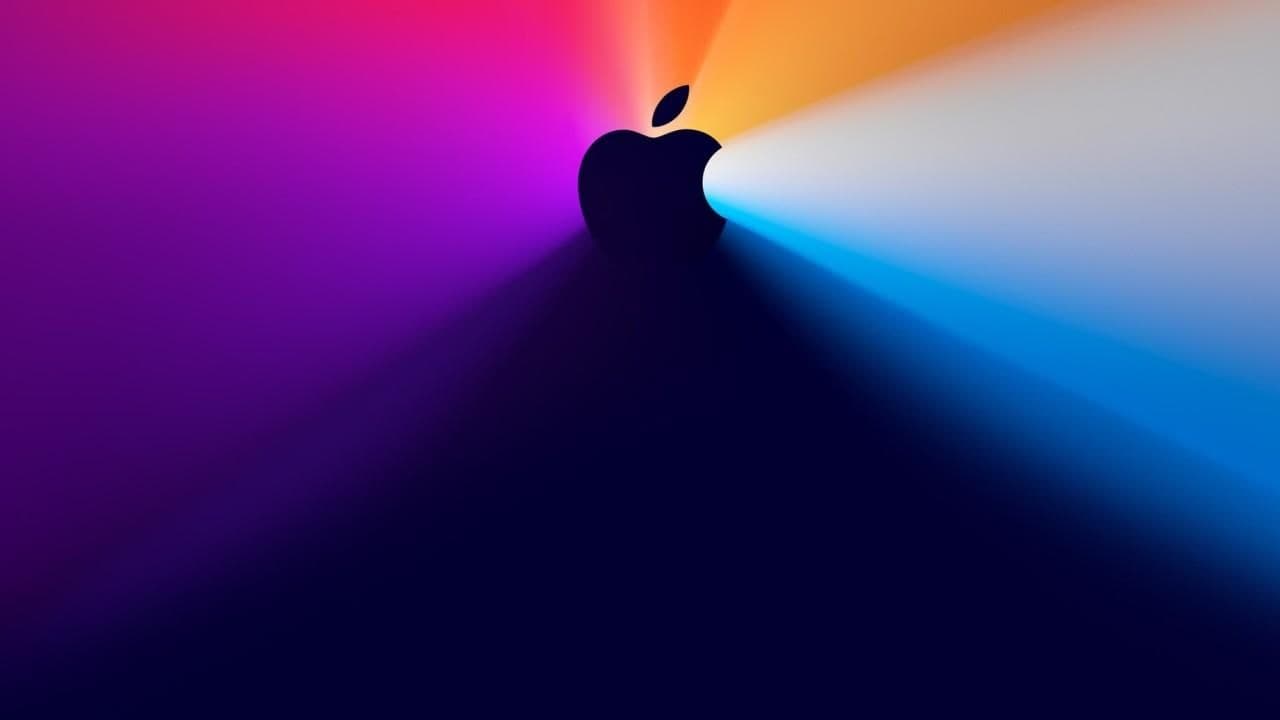
(Via)


